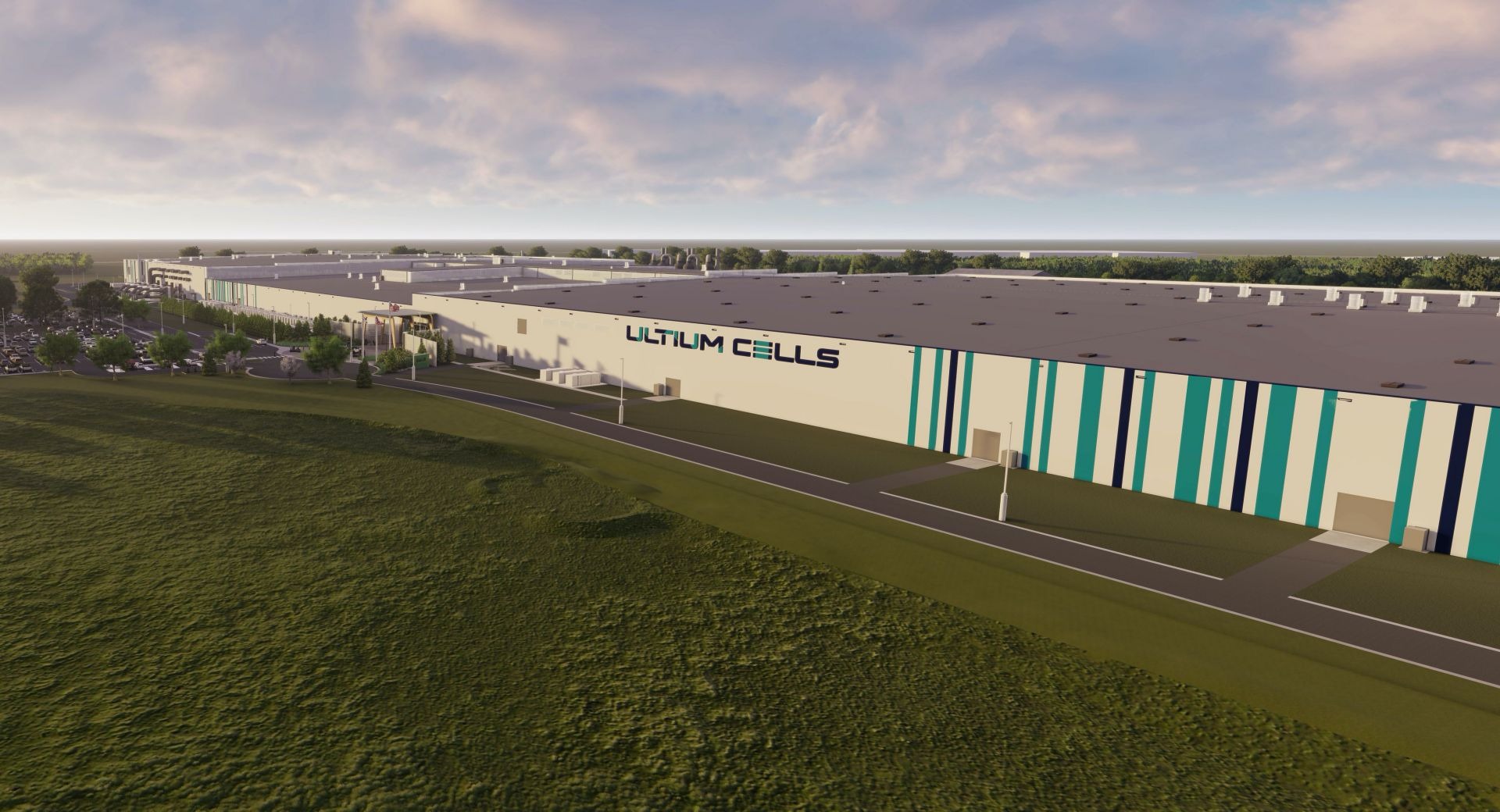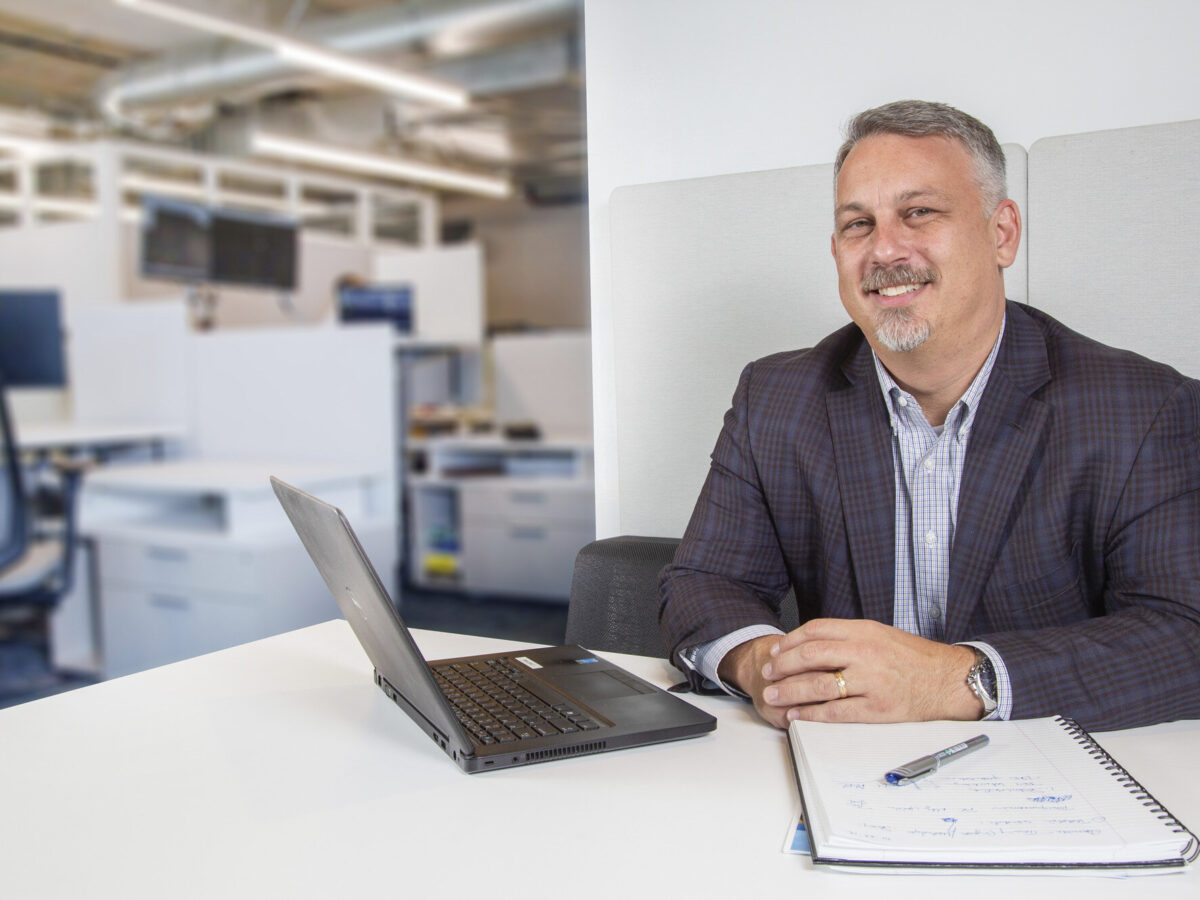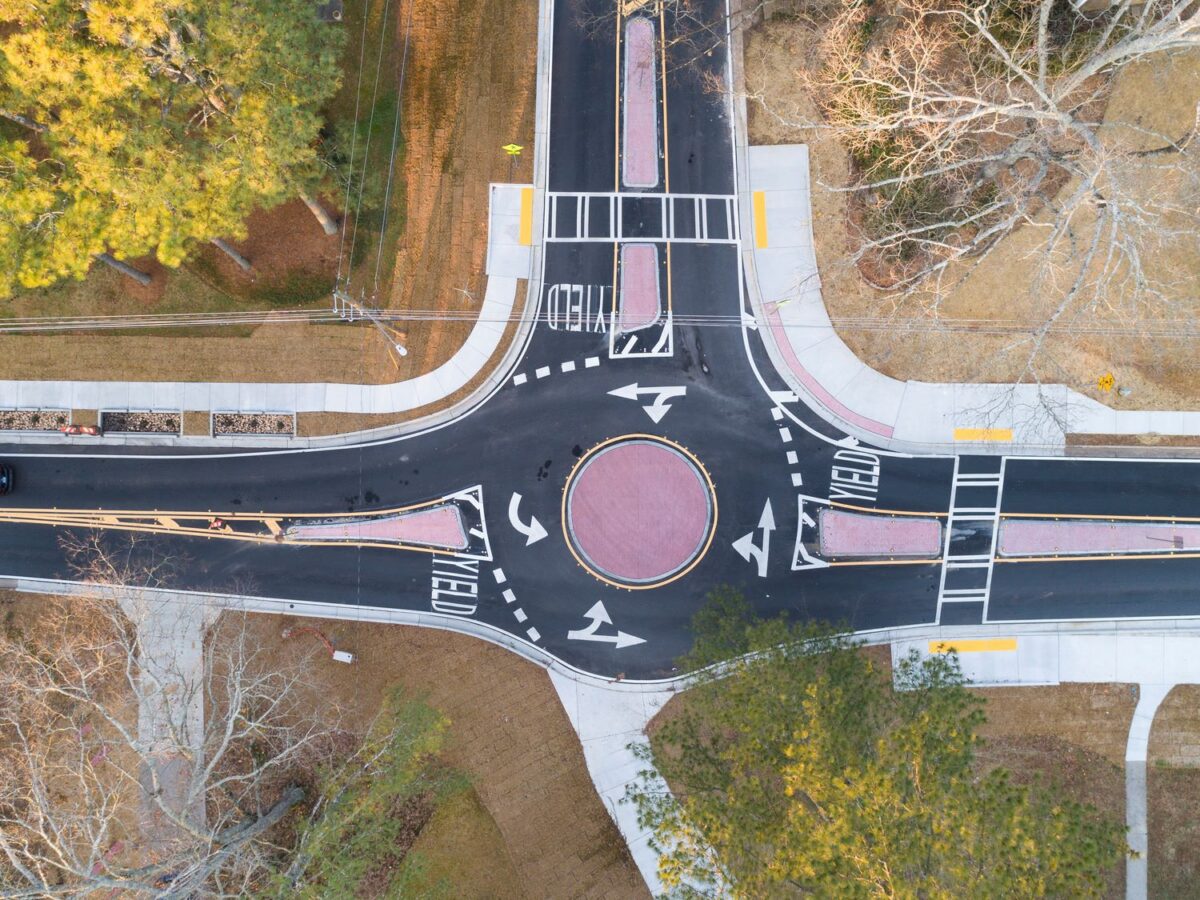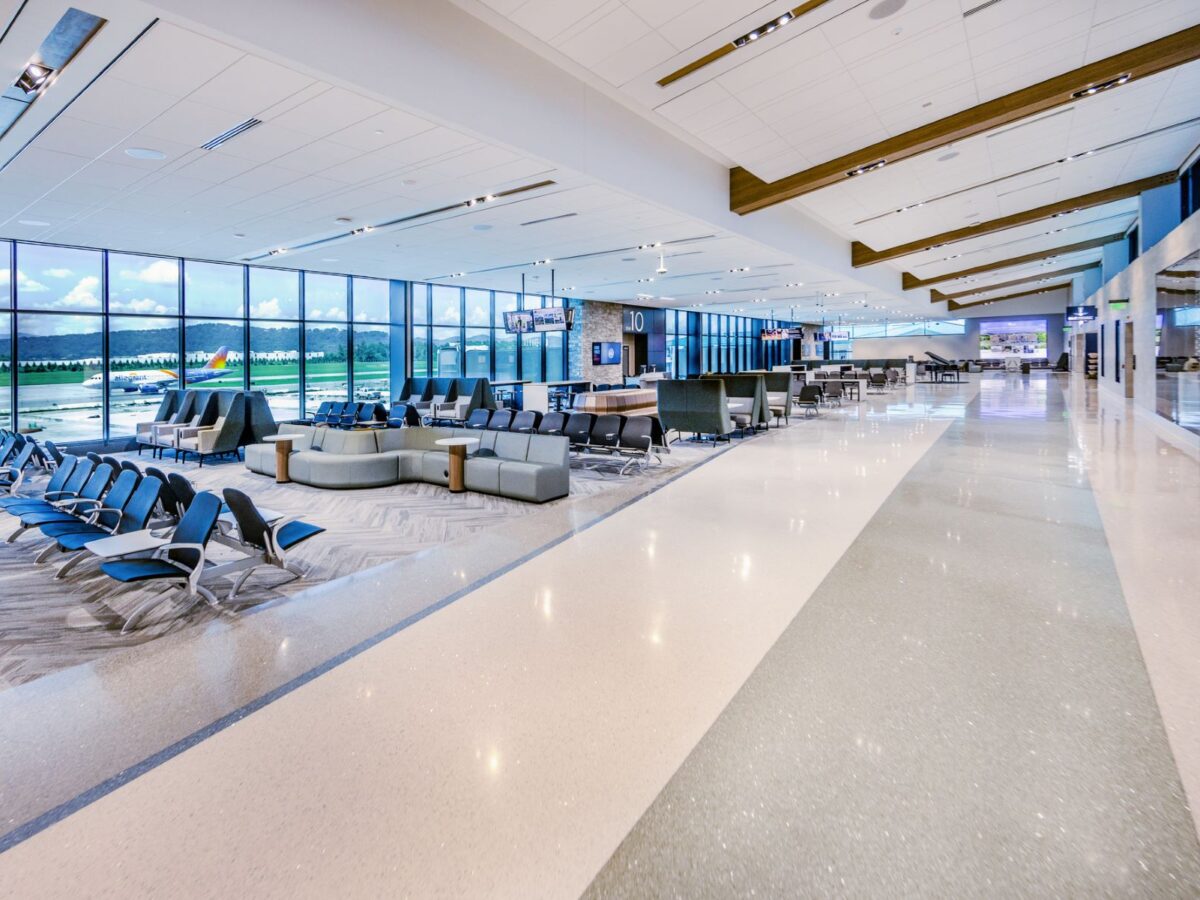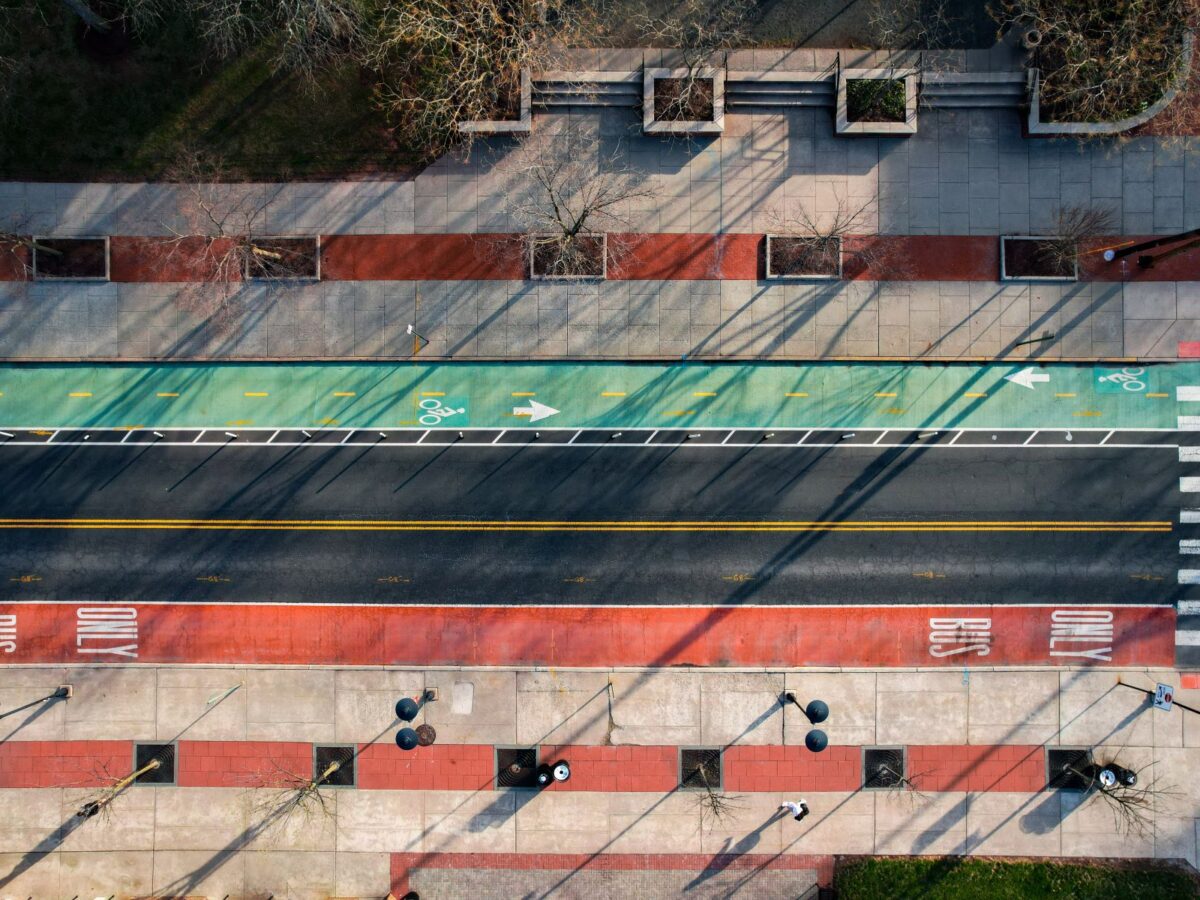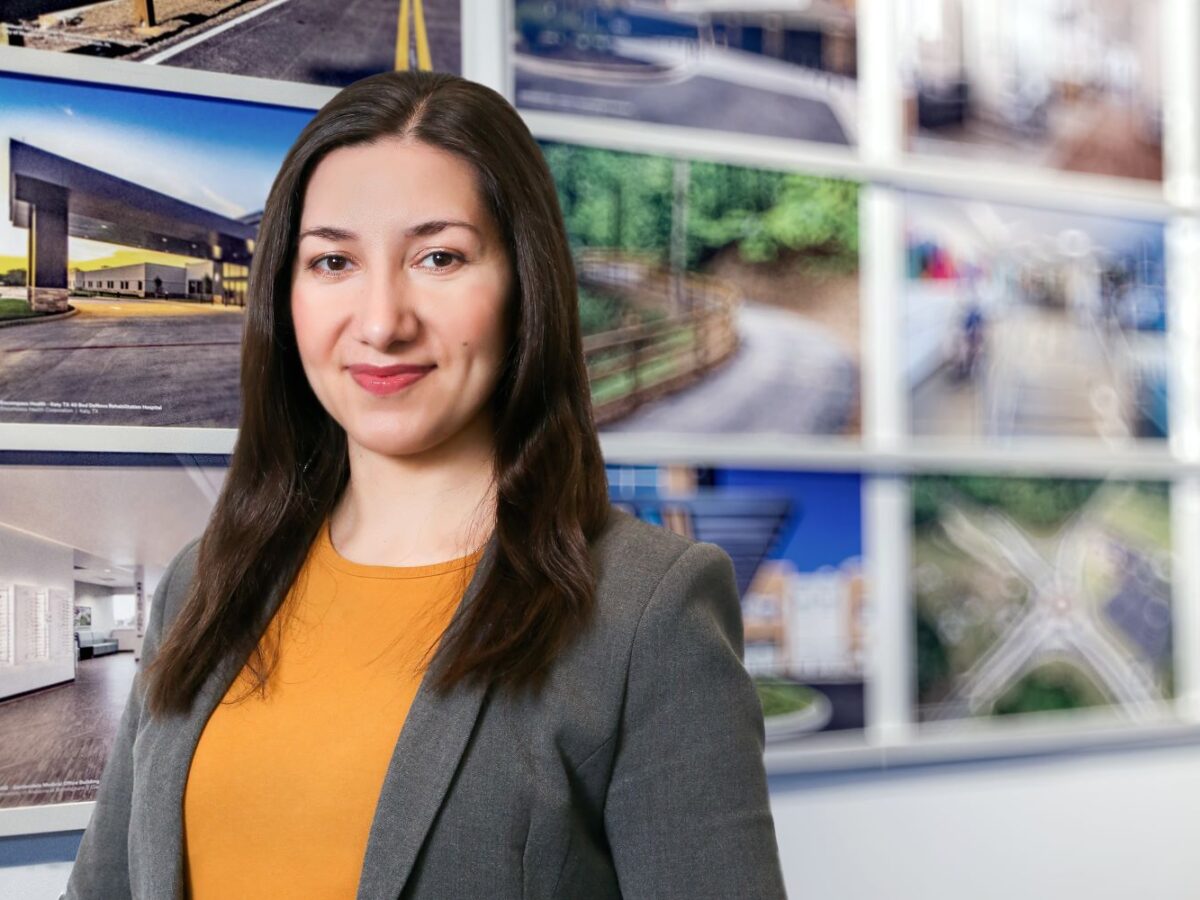The building enclosure is no doubt a fundamental part of any building—the roof, walls and glazing create a barrier that offers protection against the elements and supports the viability of the structure for years to come. With the advent of increasingly strict energy codes, complex building systems and clients looking to reduce their energy consumption and carbon emissions, providing a complete building enclosure has never been more important.
Addressing issues related to building enclosure during both the design and construction process is one of the most effective long-term methods for keeping a building useable. Project delivery methods and materials continue to evolve, allowing for greater coordination between owner, design professionals and contractors during both design and construction.
To better address the complexities of today’s projects while saving owners time and money and improving the comfort of building occupants, it all boils down to this: the better the building enclosure, the greater the longevity of the building.
The Importance of the Enclosure
In addition to protecting building occupants from the natural elements, building owners and property managers look to the building envelope to lower operating costs and impact on the environment. Properly balancing the envelope with the mechanical systems reduces unnecessary strain, keeping the outside, out, and the inside, in.
Beyond energy usage, the building enclosure also serves as a waterproofing barrier—a major concern for owners and managers as issues related to water infiltration and condensation account for the majority of construction litigation cases. In addition to damaging a building’s interior, extended moisture exposure can decrease the thermal efficiency of insulation, corrode structural steel and spur mold growth. By designing proper water and air barriers, the enclosure can effectively channel water away from the façade, prevent air and moisture from entering the building and protect critical building systems from the elements.
An Electric Example
Located in Lordstown, Ohio, the Ultium Cells battery plant project is the largest of its kind in the United States. The facility spans a massive 2.8 million square feet, and is nearing completion within the next few months. Gresham Smith has performed building a variety of enclosure commissioning tests, including an electronic leak detection roof test, blower door test on the switch house and clean room test, to confirm the efficiency of the building enclosure.
Doing exactly what its name says, the leak detection roof test is designed to find any roof openings where water can enter. Using both a small and large electrode brush, we walked every inch of the roof in a ribbon fashion, marking the spots—whether they be gashes in material, open seams, or even a loose equipment pad—for repair before opening.
At the switch house, we performed a blower door test to find air leaks. By placing a wall of fans in a doorway, we were able to positively and negatively pressurize the room and determine if the barrier between the outdoors and indoors was being maintained. The blower door test is crucial to the durability of the HVAC unit, as unintended strain on the system could overextend its capabilities and increase energy costs.
Soon, we will also conduct clean room testing. Using a flow meter to measure the airflow within each room and to each component of the HVAC system, we’ll confirm that we have achieved the correct air pressure differential between rooms. If all has been done correctly, the pressure will be the greatest in the plants innermost room.
Consider a Consultant
With backgrounds in architecture, engineering and construction, building enclosure consultants play an important role, not only benefitting the project’s bottom line, but also the energy efficiency, code compliance, sustainability and lifespan of the building. The enclosure is one of the most critical aspects of a building and, if not designed properly, could prove to be a continued issue and source of frustration for years to come. To better address the complexities of today’s large projects while saving time and money, and also improving the comfort of building occupants, consider engaging a building enclosure consultant.
